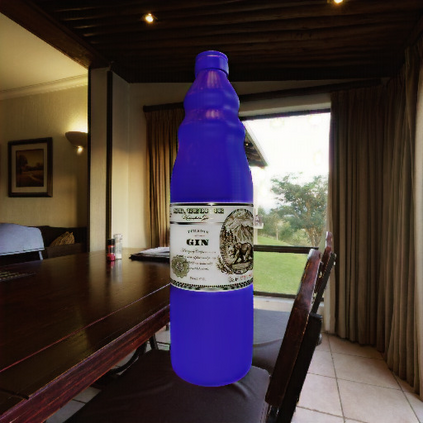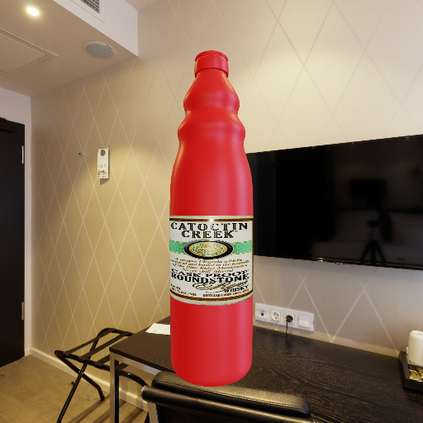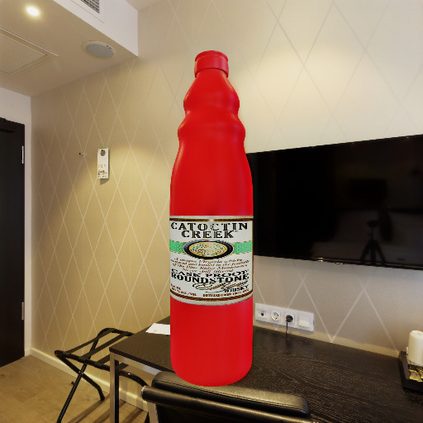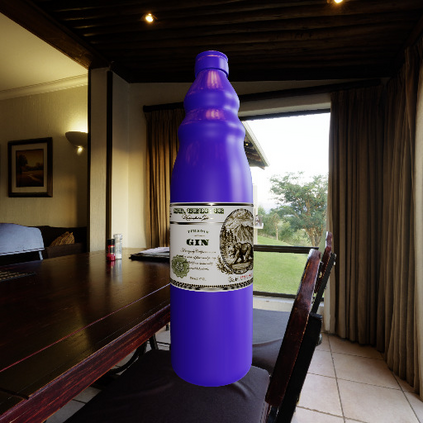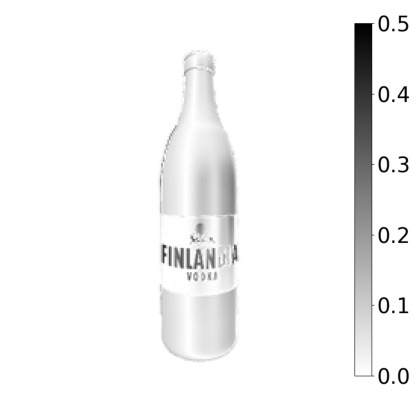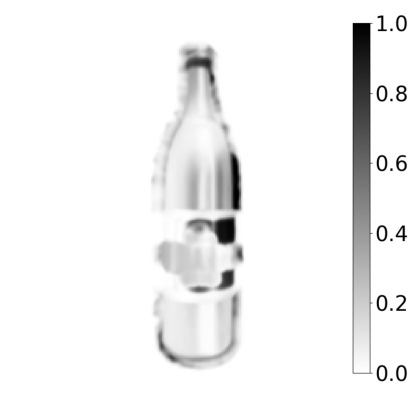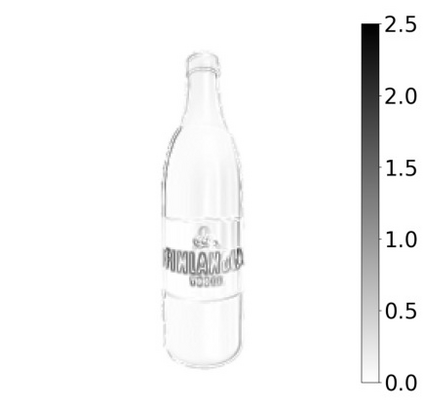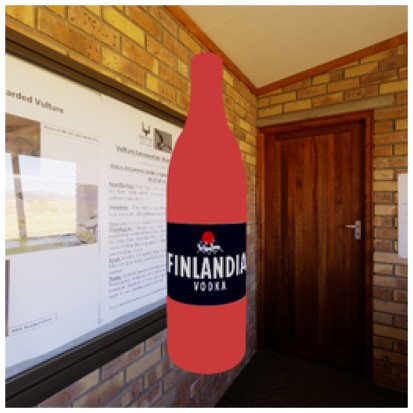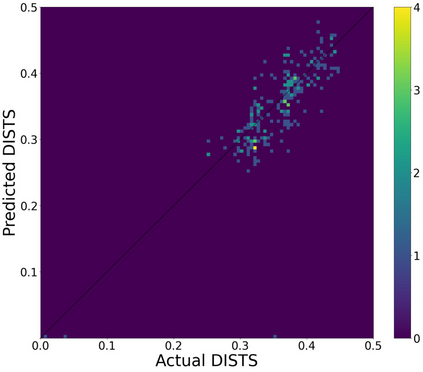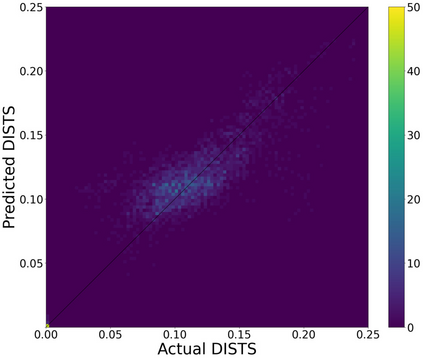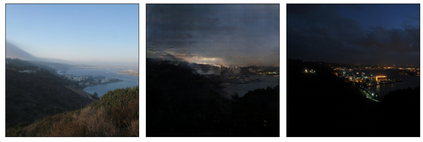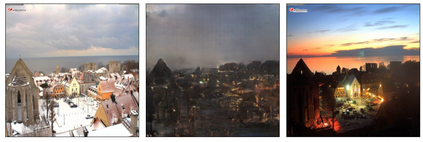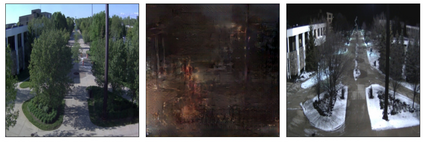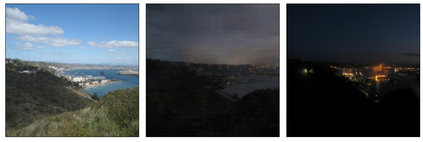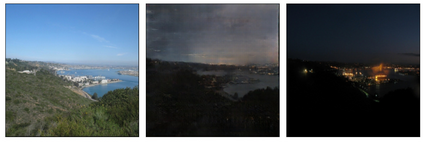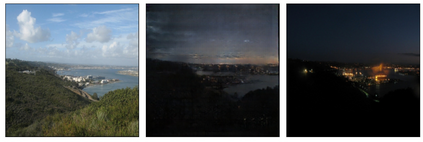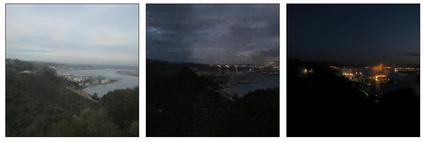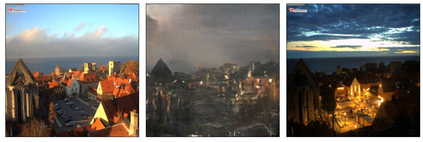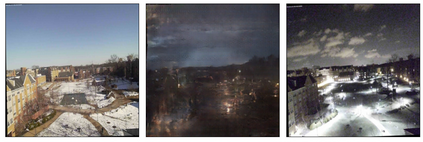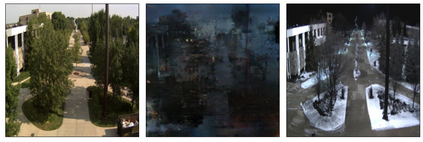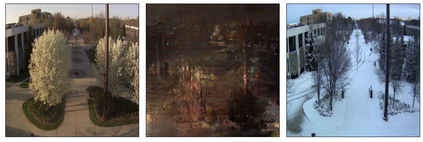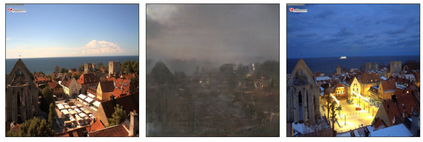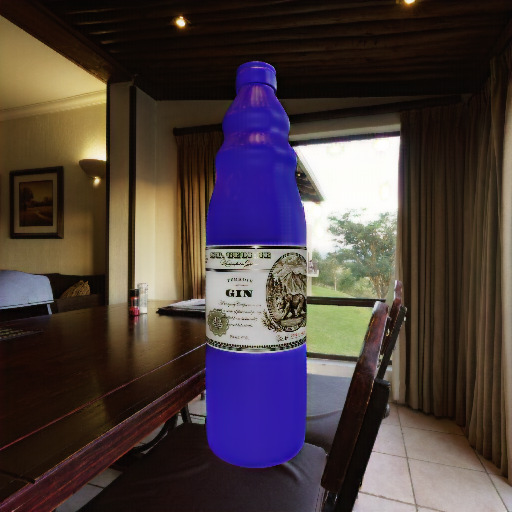How best to evaluate synthesized images has been a longstanding problem in image-to-image translation, and to date remains largely unresolved. This paper proposes a novel approach that combines signals of image quality between paired source and transformation to predict the latter's similarity with a hypothetical ground truth. We trained a Multi-Method Fusion (MMF) model via an ensemble of gradient-boosted regressors using Image Quality Assessment (IQA) metrics to predict Deep Image Structure and Texture Similarity (DISTS), enabling models to be ranked without the need for ground truth data. Analysis revealed the task to be feature-constrained, introducing a trade-off at inference between metric computation time and prediction accuracy. The MMF model we present offers an efficient way to automate the evaluation of synthesized images, and by extension the image-to-image translation models that generated them.
翻译:如何最好地评价合成图像一直是图像到图像翻译的一个长期问题,迄今为止,这个问题在很大程度上仍未解决。本文件提出一种新的方法,将配对源和转换之间的图像质量信号结合起来,以预测后者的相似性和假设地面真实性。我们用图像质量评估(IQA)指标来预测深图像结构和质谱相似性(DISTS),通过使用图像质量评估(IQA)指标来综合梯度加速递减器(MMMF)模型培训了多方法聚合模型,使模型的排名无需地面真实性数据。分析揭示了任务要受到地貌限制,在计量计算时间和预测准确性之间的推论中引入了权衡。我们介绍的MMF模型为合成图像评价自动化提供了有效的方法,并扩展了生成图像到图像的模拟翻译模型。

